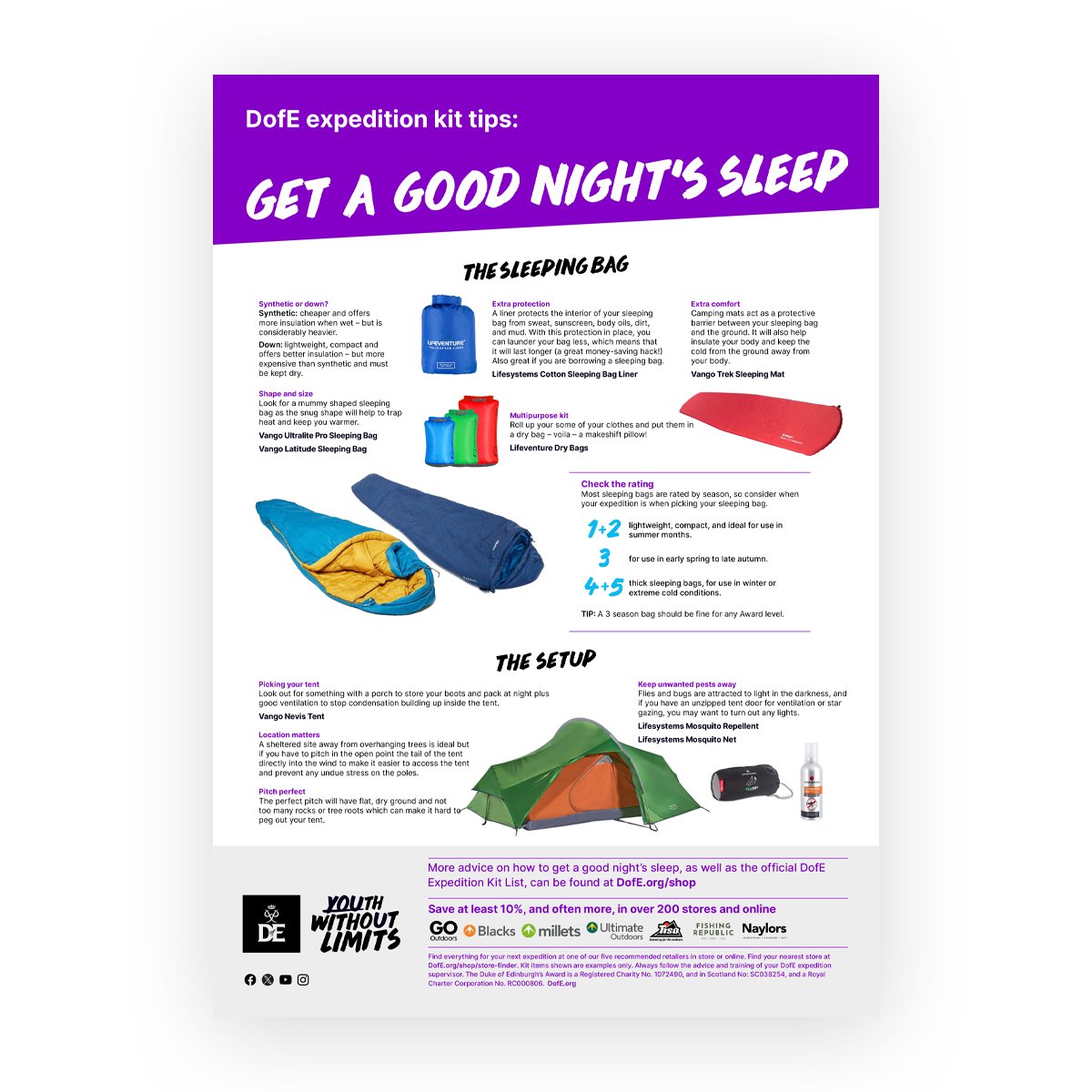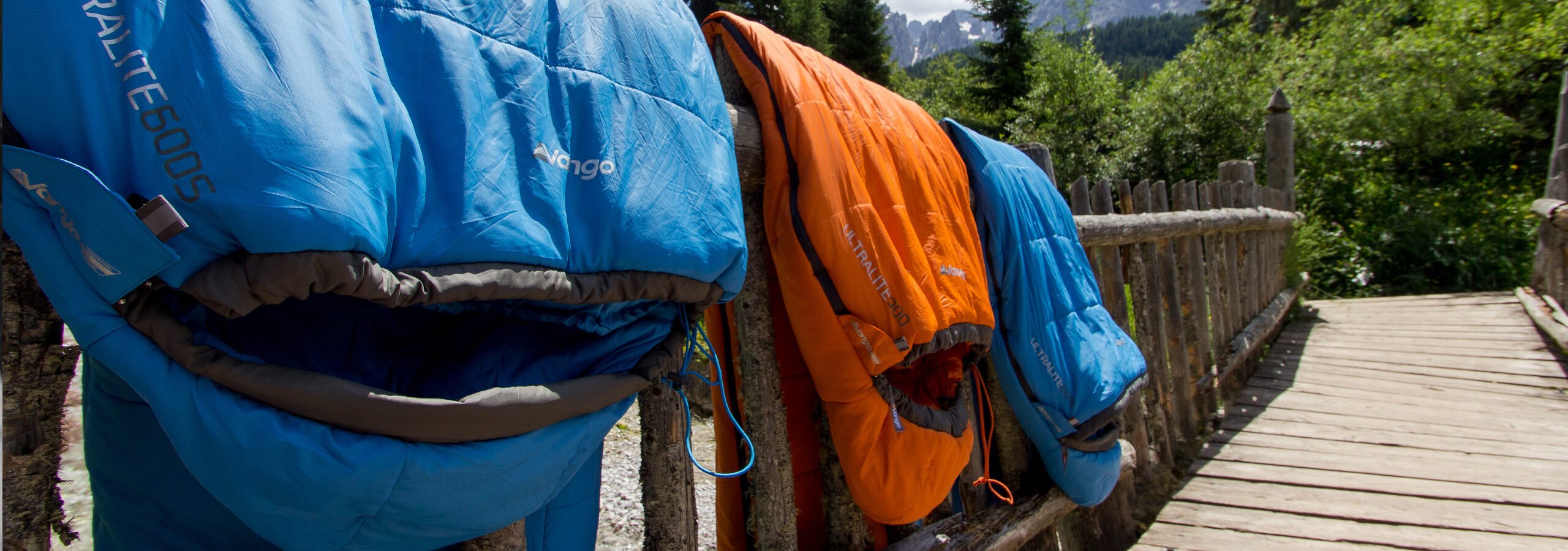
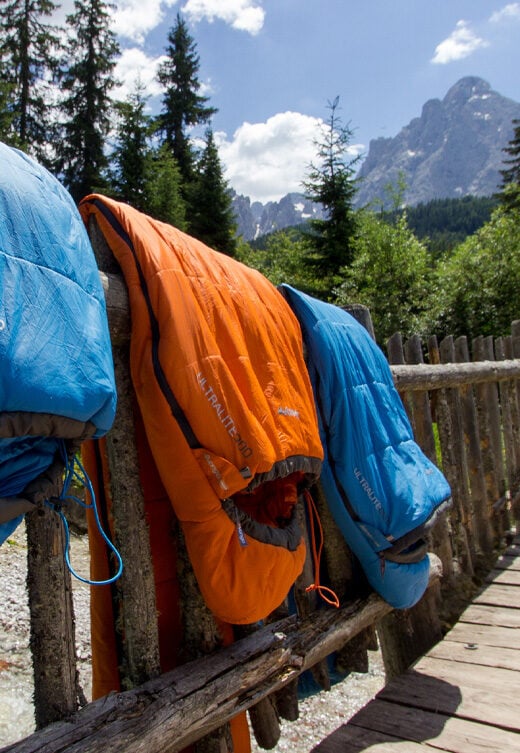
Sleeping bags and mats
How to get a good night's sleep on expedition?
Good sleep = energy! A good night’s sleep always helps on expedition, so it’s important to have a sleeping bag designed to give you comfort at the lowest minimum temperature.
Sleeping mats will also provide extra insulation and comfort, so you feel well rested and ready for your journey. There’s plenty of choice, so it pays to look around and work out what’s right for your adventure.
Use a sleeping bag liner to add warmth, comfort and to protect your sleeping bag. It’s more hygienic to use one, and they’re lightweight. If the night is very cold, wear extra layers and put your fleece in the bottom of the bag to keep your feet warm.
Season Rating
Most sleeping bags are rated by season to help you choose the right sleeping bag for the time of year you’ll use it. You can find temperature and season ratings on the inside of the zip on most sleeping bags.
- 1 or 2 = lightweight, compact, and ideal for use in summer months.
- 3 = for use in early spring to late autumn.
- 4 or 5 = thick sleeping bags, for use in winter or extreme cold conditions.
Consider when and where your expedition is taking place when picking your sleeping bag. For example, there’s no need for a heavy four season bag in the Summer, and a two season in March or October may not keep you warm.
Material
An outdoor sleeping bag is usually made of a synthetic or down material.
- Synthetic: cheaper and offers more insulation when wet – but is considerably heavier.
- Down: lightweight, compact and offers better insulation – but more expensive than synthetic and must be kept dry.
Down sleeping bags are better for your expedition, as they’re lightweight, compact and offer better insulation.
All Duke of Edinburgh’s Award recommended sleeping bags are snug ‘mummy’ shape for outdoor use, with compression sacks to pack small. A 3-season bag should be fine for any Award level.

Vango Nitestar series
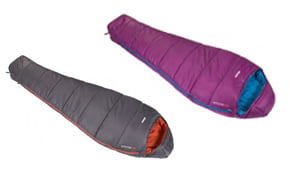
- Mummy shape, reduces pack size and increases thermal efficiency.
- Synthetic material means sleeping bag is lightweight.
- Auto-lock two-way zip seals in warmth and prevents bag from opening during the night.
Vango Latitude series
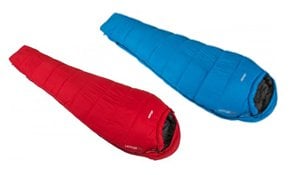
- Mummy shape, reduces pack size and increases thermal efficiency.
- Ripstop polyester outer shell – durable, lightweight and water resistant.
- Insulite® Helix filling combines hollow and multi-channel fibres for maximum insulation, minimum weight and small pack size.
Vango Ultralite series
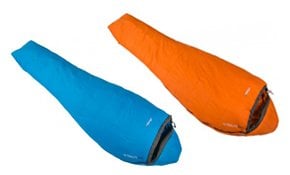
- Omega shaping – shaped to fit around head and shoulders for improved heat retention.
- Polair® Active Shell – 20D Nylon fabric – increases thermal efficiency and is water and tear resistant.
- 4T synthetic insulation – for improved warmth to weight ratio.
Vango Zenith Series
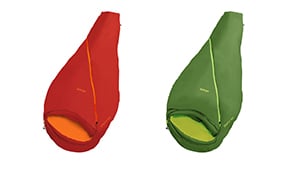
- Mummy shape, reduces pack size and increases thermal efficiency.
- Polair® Z Eco-Shell Fabric – Recycled 50D 300T Diamond Ripstop material is lightweight, water resistant and durable.
- Vango Shield – repels insects and prevents growth of bacteria and mould.
Vango Microlite Series
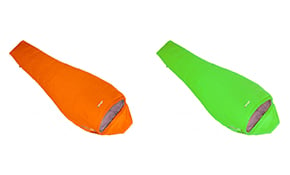
- Mummy shape, reduces pack size and increases thermal efficiency.
- Trilateral Construction reduces cold spots and increases core temperature.
- Insulated Adjustable Shoulder Baffle helps retain heat within the sleeping bag.
Lifeventure Cotton Sleeping Liners
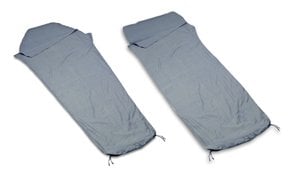
- Comes in two different shapes, rectangle or mummy.
- Lightweight, breathable and durable.
- Anti-bacterial makes using your sleeping bag more hygienic.
There are two main types of mats:
- Traditional closed-cell foam mats: inexpensive, lightweight and durable. However, they often tend to be bulky, not very comfortable and don’t offer a great amount of insulation.
- Self-inflating air mats: a better option as they offer greater insulation, comfort and can be packed much smaller than a foam mat. Although, self-inflating mats will cost you more.
Make sure you use a sleeping mat designed for outdoor use. A good quality self-inflating mat is a wise investment, so you sleep well on your expedition.
Yoga/roll mats do not have the same durability or insulation and aren’t suitable for sleeping outdoors.
Sleeping mats give you extra insulation and comfort when camping. Use standard padded mats, or self-inflating mats for that extra level of comfort.

Vango Trek Pro
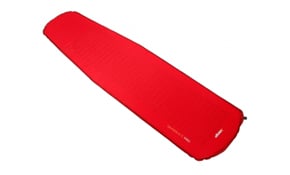
- Honeycomb ripstop design to prevent tears and damage
- Comfortable yet compact 3cm self-inflating design
- Fast flow valve that’s quicker and easier to inflate and deflate
Vango Dreamer
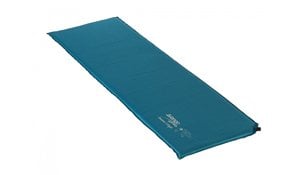
- Open cell foam design
- 3cm comfortable design
- Twist lock valve
- Always pack your sleeping bag in your rucksack.
- Store your sleeping bag in a compression stuff sack to reduce size.
- Pack your sleeping bag in a waterproof bag to keep it dry.
- Try to get all your kit inside your rucksack. If you have a large roll mat, you can tie it securely to the outside.
- Use the elastic straps provided to roll your mat, not string which can damage it.
- If your mat is outside your rucksack, don’t risk keeping tent poles in the middle as you may lose them. If you choose to store spare clothes inside the mat, ensure they cannot fall out or get wet.
- If water comes into your tent, use your survival bag to keep your sleeping bag dry.
- Don’t spend loads on a 4-season sleeping bag if you’re only going for a short trip in a warm climate.
- Borrowing someone’s sleeping mat or sleeping mat is fine and can be a real cost-saver.
- Use a cotton liner in your sleeping bag to cheaply add an extra season – these are also suitable if you are borrowing someone else’s bag.
- Use your DofE Card to save at least 10% on expedition kit at our recommended retailers.
How to get a good night’s sleep poster
Make sure you are well rested for a day of walking with our top tips on how to get a good night’s sleep.
